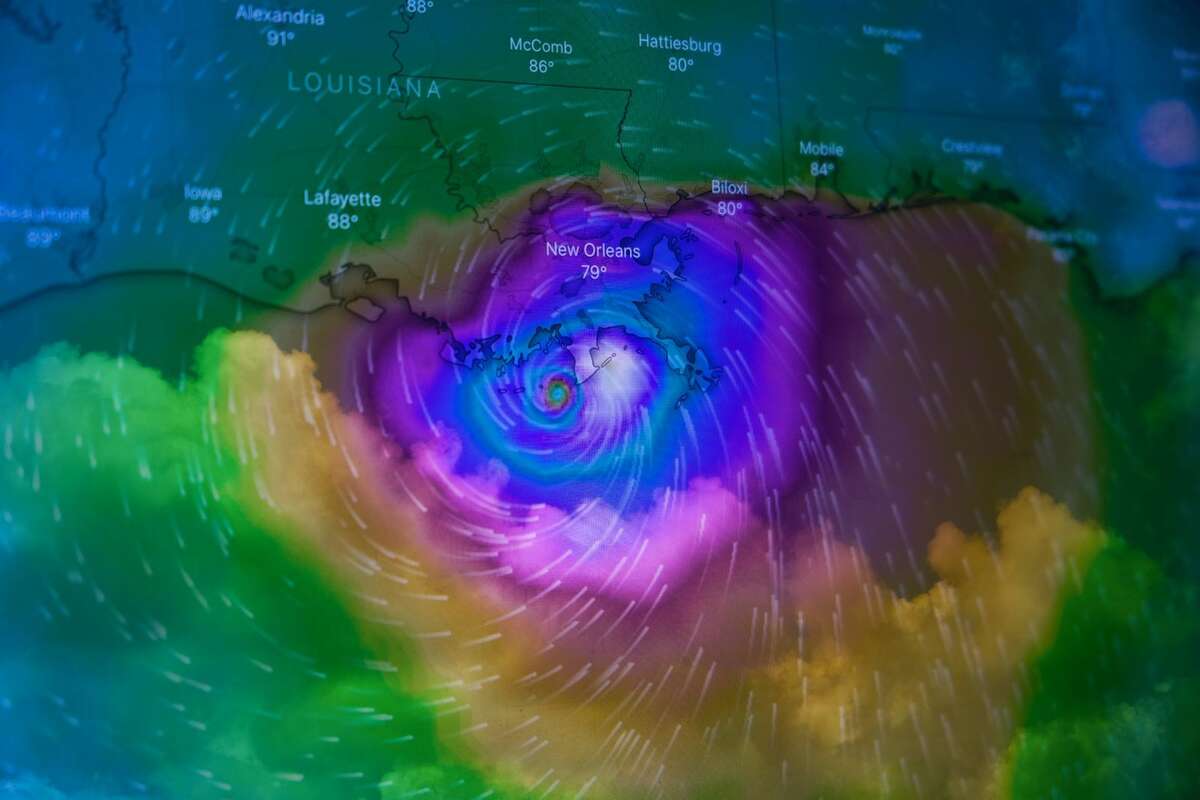Extreme weather can be unpredictable and unrelenting. Energy workforces and homeowners must stay vigilant because the upcoming hurricane season could have some of the greatest energy impacts on society. Here are the best ways to stay resilient based on forecasts.
What Energy Professionals Should Anticipate This Hurricane Season
The 2024 Atlantic and Eastern Pacific hurricane season could be indicative of what to expect in 2025. Here is a summary of what last year featured based on information from the National Hurricane Center and Central Pacific Hurricane Center:
|
Feature |
Atlantic |
Eastern Pacific |
|
Number of tropical storms |
7 |
9 |
|
Number of hurricanes |
11 |
4 |
|
Earliest appearance |
Tropical Storm Alberto on June 19, 2024 |
Tropical Storm Aletta on July 4, 2024 |
|
Latest appearance |
Tropical Storm Sara on November 14, 2024 |
Tropical Depression Fourteen-E on November 5, 2024 |
|
Strongest storm and category |
Hurricanes Beryl and Milton, Category 5 |
Hurricane Gilma, Category 4 |
|
Other features |
1 potential tropical cyclone |
1 tropical depression |
This was one of the more expensive years with an above-average prevalence of storms. When comparing it to the last several years, it is still not the peak. In 2017, Hurricanes Harvey, Irma and Maria cost a collective $339.2 billion in damage and recovery. Records are exceeded every year, with 2020 featuring the most events and 2023 showing the warmest July temperatures in history.
These facts severely impact human health and energy infrastructure. Specifically, Helene and Milton were some of the most unforgiving in their damage. They caused widespread power outages, downed transmission lines and immense spending on grid recovery. They prompted some of the biggest utility providers to invest in offering 70% of Florida customers self-healing smart equipment.
Events like these and their increasing strength prove there is a resilience investment gap for hardening the grid. America received a D+ grade for its infrastructure report card in 2025, and part of this is due to a $578 billion need for modernization and accommodating growing demands.
The Predictions on Energy Impacts
Experts from Sarasota’s Climate Adaptation Center forecast 2025 will bring at least 17 named storms, 10 hurricanes and five additional major hurricanes to the region. It will be another active year, as researchers assert the climate crisis will only catalyze more dangerous weather events.
These projections should alter how energy workers and producers function. For fossil fuels, oil and natural gas production in the Gulf of Mexico will come to a halt. Many refineries are also stationed in this area. The disruptions could cause exorbitant fuel cost spikes and supply chain upsets. Organizations house dangerous materials, causing further environmental damage during and after a storm.
Alternatively, this hurricane season could prove to be a golden opportunity for established renewable energy. It could diminish adoption, as imports of essential battery equipment or solar panels from other nations get delayed. However, machinery like battery energy storage solutions that supplement the grid and provide backup power will be crucial for protecting the public and asserting further expansion to withstand future emergencies.
What Energy Professionals and Homeowners Can Do
Here is what everyone can do to fight the upcoming storms.
Recommendations for Energy Professionals
Energy professionals, including infrastructure engineers, city planners and architects, need to design hurricane-prone areas intentionally. These regions demand grid-hardening and resiliency upgrades to combat antiquated installations, including underground transmission lines and enhanced cybersecurity automation.
Energy experts must leverage the Internet of Things (IoT) for disaster management. These tools have an anticipated compound annual growth rate of 36% by 2027, totaling a worth of $.17 billion. These are a few other ideas:
- Using wind-resistant materials
- Installing concrete utility poles
- Deploying smart grids
- Planting vegetative barriers
- Reinforcing shoreline ecosystems
Experts should also engage in supplier diversity and redundancy to ensure they have the equipment they need throughout recovery. It must be part of a comprehensive risk management strategy, which can also include emergency response protocols and financial safety nets. These plans must happen within companies and with partners. Establishing mutual assistance programs can keep critical services available despite a storm and hasten recovery.
Tips for Homeowners and Renters
Everyone has a chance to protect themselves with a few simple actions. Renters might feel limited, but they can take action. First, invest in insurance options. Rental and homeowners insurance is available, with many covering severe weather damage. Hurricane-prone areas may have supplements for hurricane coverage, so speak with a professional to learn more. Stocking up on essentials and establishing emergency kits is also crucial. This includes:
- Power sources like generators.
- Flashlights and batteries.
- Nonperishable food.
- Clean water.
- Emergency contact information.
- Medications.
- Identifying documents.
Homeowners have more freedom in how they can defend their properties. They can install renewable energy and battery backups, and they can make them more valuable by cutting energy consumption beforehand to increase how much can go into storage. Using weatherstripping and threshold seals on doors, garages or windows could cut 10% off yearly bills by increasing insulation.
Houses can also incorporate energy system protection measures. This can include landscaping to remove trees near power lines or reinforcing drainage systems. It will also require indoor defenses like surge protectors and safe-to-use utility shut-off equipment.
Protecting cars and electric vehicle chargers is also essential if evacuation is necessary. If these resources are unavailable, have backup plans practiced with loved ones so everyone can access a safe location. Local organizations have resources and helplines for finding a nearby shelter, so have these in an accessible list.
Surviving the Elements
Everyone has a role to play in 2025’s hurricane season. The energy impacts are going to be intense if people do not prepare accordingly. The strongest storms may not have even hit the world yet, so it is more important than ever for experts and homeowners to work together to build a world that can withstand the weather.












